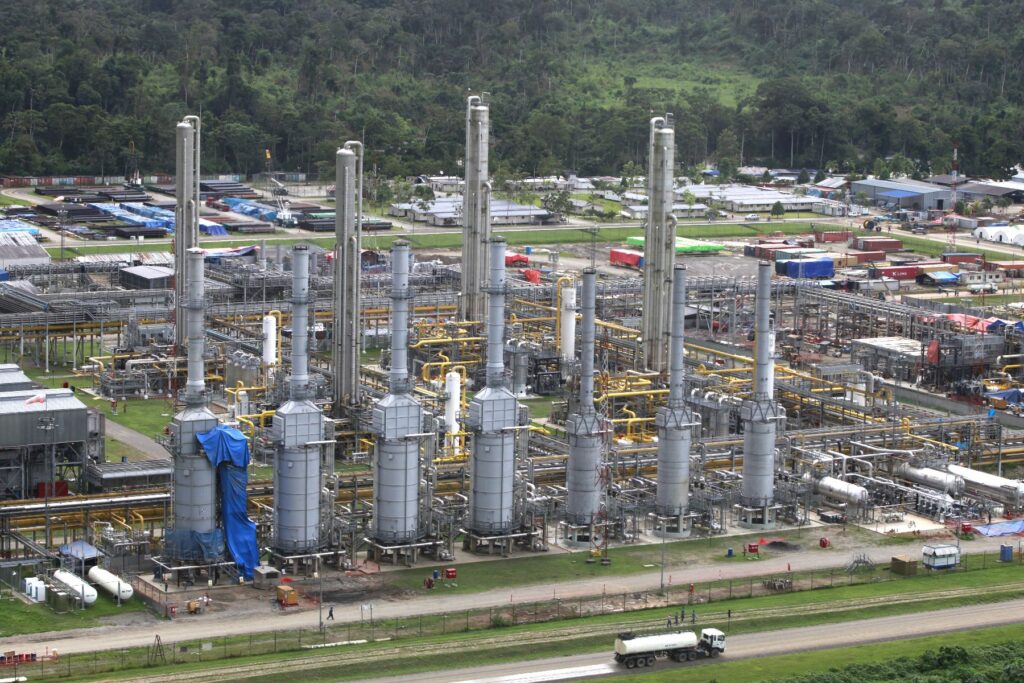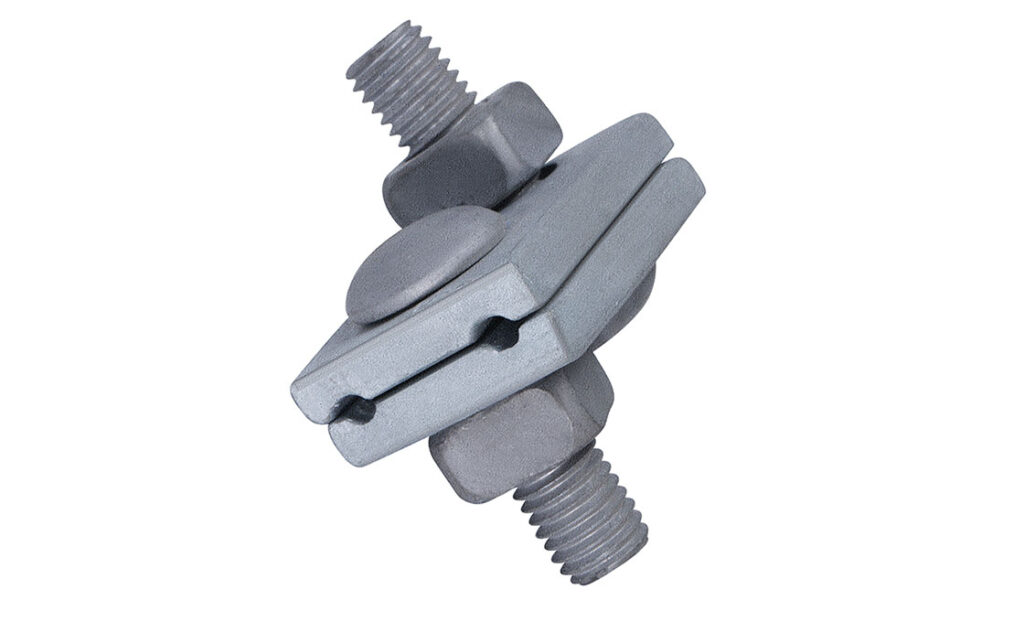
Peru has significant potential for biomass energy production due to its diverse agricultural, forestry, and organic waste resources. Biomass plays a crucial role in Peru’s renewable energy mix, especially in rural and industrial applications. Biomass energy comes from various sources such as agricultural residues, forestry residues, animal waste, and urban organic waste. Innovative projects are converting the organic materials into various forms of energy. Technologies used include cogeneration plants for electricity generation, biofuels, and biomass pellets. Peru’s biomass production reduces emissions and waste management and promotes rural development. Strategic investments and policy support can help Peru unlock the full potential of biomass energy. This contributes to energy security, environmental sustainability, and economic resilience. Guy clamps stabilize utility poles and transmission structures supporting power distribution from biomass plants. Biomass plants often need power lines to connect to the grid or local microgrids.
Guy wires are tensioned cables anchored to the ground to prevent poles from bending or collapsing due to wind, weight, and uneven terrain. The guy clamp secures the guy wire to the pole and ensures structural integrity. Transmission lines from biomass facilities may carry medium-voltage electricity. Guy clamps distribute tension evenly to reduce stress on poles. The clamps must be corrosion-resistant to withstand harsh conditions in coastal, Andean, and Amazon regions in Peru. They prevent pole failures, which could disrupt supply from biomass plants. This is by reducing maintenance costs in remote rural electrification projects. Guy clamps serve in bagasse-based cogeneration plants, biogas plants, and rural mini-grids powered by wood waste. They ensure reliable electricity transmission from Peru’s biomass energy facilities. This article highlights the functions of guy clamps in increasing biomass production and the impacts on Peru’s energy sector.
Functions of guy clamps in Peru’s biomass production
Guy clamps are mechanical devices used to secure and tension guy wires in transmission towers and similar structures. The clamps maintain the structural integrity of the power transmission and distribution systems carrying biomass-generated electricity. Guy clamps ensure that supporting infrastructure remains strong, safe, and resilient. The clamps contribute to reliable electricity from biomass plants, cut downtime, and enhance structural resilience. Here are the functions of guy clamps in biomass production infrastructure.

- Stabilizing utility poles—guy clamps help anchor and tension guy wires attached to utility poles carrying biomass-generated electricity. They are crucial in wind-prone regions of the Andes.
- Supporting overhead power lines—biomass plants depend on overhead distribution lines to connect with the national grid. Guy clamps ensure the lines remain supported and prevent sagging or collapse.
- Safety and load management—guy clamps help distribute the mechanical load across the pole structure to reduce the risk of failure during storms. This is crucial where transmission lines from biomass facilities may carry medium-voltage electricity.
- Ease of maintenance—the clamps have a simple design that allows for quick installation and adjustment. This is valuable during emergency repairs or grid expansion projects near biomass facilities.
Impacts of increased biomass production in Peru’s energy sector
The increase in biomass production in Peru’s energy sector is reshaping the approach to sustainability, energy security, and rural development. Biomass is a part of renewable and clean energy solutions for environmental transformation. Increased biomass production provides cleaner power, healthier ecosystems, empowered rural communities, and energy independence. The following are the impacts of biomass production in Peru.

- Diversification of Peru’s energy mix—biomass introduces a third renewable pillar that reduces dependence on fossil fuels, balances the energy mix, and adds resilience and flexibility to the grid.
- Reduction of greenhouse gas emissions—biomass energy displaces diesel and natural gas, converts methane-producing waste into clean energy, and helps Peru meet its climate goals.
- Improved rural electrification—biomass energy supports off-grid and mini-grid solutions in isolated regions. They enable localized power generation, reduced diesel reliance, and job creation in bioenergy operations.
- Infrastructure and grid modernization—Peru must invest in transmission upgrades and smart grid systems, improved logistics, and rural infrastructure. Utility poles and guy clamps help stabilize the construction and operation of these systems.
- Efficient waste management in agriculture—biomass production converts residues like rice husks, sugarcane bagasse, and coffee pulp into energy. This helps mitigate the environmental impacts and promote a circular economy model in the agriculture sector.
